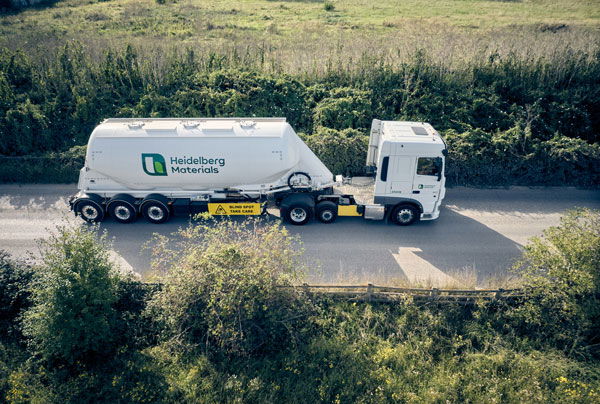Heidelberg Materials UK is working with Cranfield University to explore the use of ammonia as a hydrogen carrier, which is then ‘cracked’ to create hydrogen fuel for use in cement plants. Ammonia is already in widespread use so there are existing infrastructures and protocols in place to ensure it is stored and transported safely, which poses one the key challenges for hydrogen adoption. This latest project will look at how ammonia can be used as a low-cost, low-carbon hydrogen carrier, evaluating the most economical method of on-site ammonia ‘cracking’ to generate hydrogen for cement kilns.
Once transported to site, the ammonia would be put through a new autothermal process, designed in collaboration with Heidelberg Materials and Stopford, a UK-based engineering design and project management consultancy, with Cranfield leading the computational design of the new autothermal process to release the hydrogen fuel. The fuel would then be used immediately in the site kilns to manufacture cement.

Heidelberg Materials investigates ammonia as hydrogen carrier
According to Cranfield, the project focusses on the feasibility of the technology and the supply chain but has the potential to make hydrogen use available and economically viable on sites across the UK. The consortium will design the ammonia ‘cracker’ and analyse the ammonia supply chain to help develop a toolkit for widespread use.
Commenting on the project, Marian Garfield, Heidelberg Materials UK sustainability director, said, “At Heidelberg we are committed to building a sustainable future, driving business and product innovation. If the project proves economically viable, Heidelberg plan to adopt the scheme to supply hydrogen to our UK cement kilns.”
The 12-month industry-academia collaboration is being funded by Innovate UK through the UK Research and Innovation (UKRI) Future Economy Net Zero Programme.
